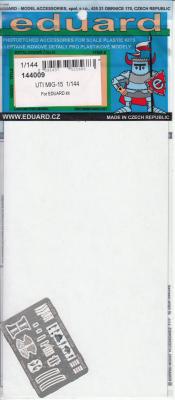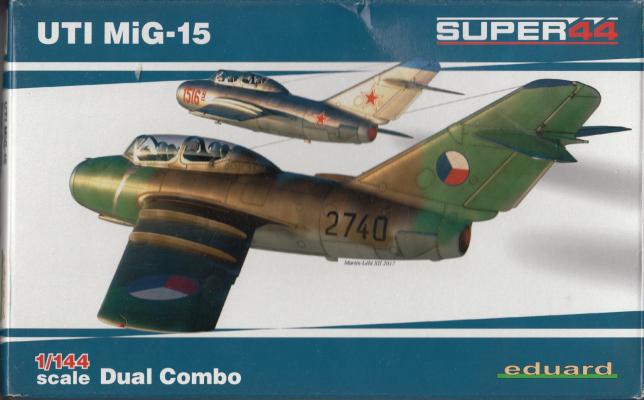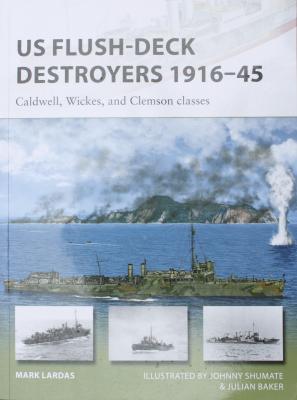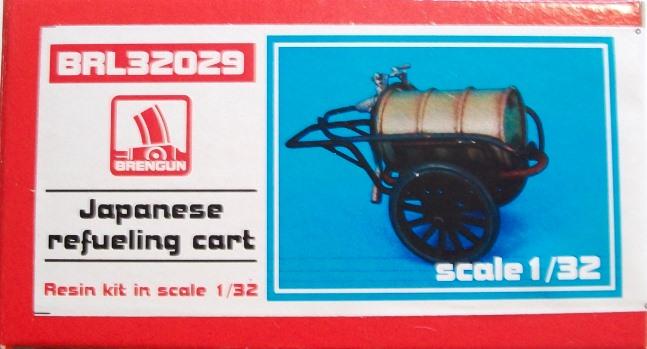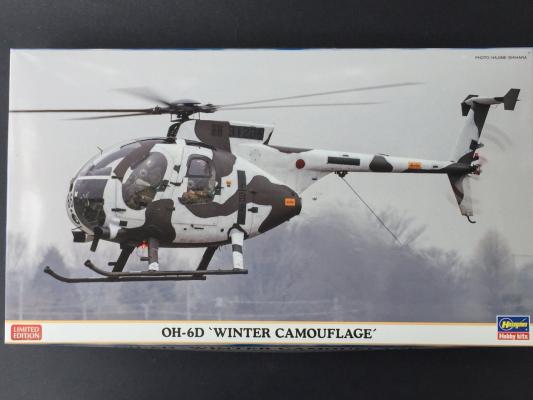This is the photoetch upgrade set for Eduard’s 1/144 MiG-15 UTI kit, stock number 4444.
The PE fret contains parts for the cockpit, undercarriage doors, wing fences and antennas.
The PE is done concurrently with the kit build, as the tiny parts in the cockpit are just too small to manage while the parts are mounted inside the fuselage. The cockpit upgrade consists of instrument panels, control sticks, side consoles, and seat belts.
The additions to the cockpit make it stand out and look really good.
I did not use the wing fences. I just don’t have the skill with the glue to make these look convincing. I have done this before with other kits, and the bottoms of the fences always look blobby, with areas not well connected.
On to page 2 of the instructions.











